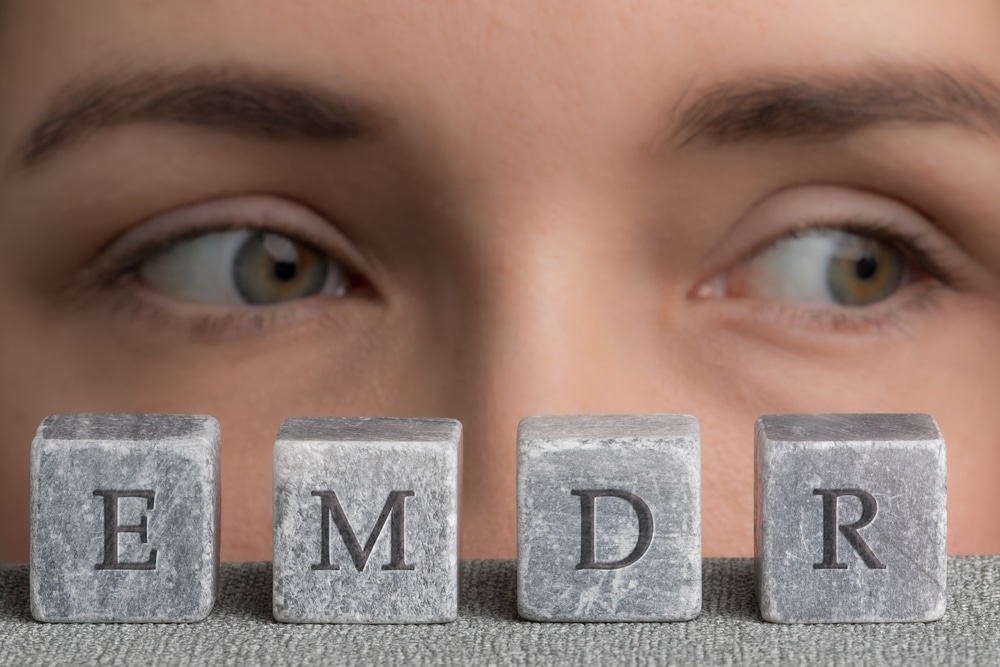Trauma can feel like a heavy weight bearing down on your shoulders, making every day feel like a struggle. If you’ve ever found yourself trapped in a whirlwind of emotions, unable to break free from the echoes of your past, you’re not alone. Thankfully, Eye Movement Desensitization and Reprocessing, or EMDR, is gaining traction as a powerful tool for healing. This innovative therapy is not just a fad; it’s a structured approach that has provided relief for many individuals grappling with trauma. Let’s dive into four compelling reasons why EMDR has become a beacon of hope for those who need it most.
A Structured Approach
One of the things that set EMDR apart is its structured methodology. Picture this: instead of wandering aimlessly through your thoughts, you have a clear pathway guiding you through the emotional fog. A trained EMDR therapist can assess your journey through trauma, how quickly your brain processes these overwhelming feelings, and your ability to stay present. This helps you identify and reprocess those negative beliefs that can keep you stuck in a cycle of pain. You’re not just sitting on your couch talking about feelings; you’re actively learning how to tackle the roots of your distress.
Many find this organized approach reassuring. It creates a sense of safety and predictability that is especially comforting for those who feel emotionally chaotic after experiencing trauma. Having a clear roadmap for therapy allows individuals to engage more fully in their healing journey, knowing they aren’t lost but are instead taking purposeful strides toward recovery.
Rapid Results
Imagine being able to see a light at the end of the tunnel in just a few sessions. Unlike traditional therapy, which often feels like a marathon with no finish line in sight, EMDR is known for its rapid results, making it a popular choice for many. Research shows that significant improvements in trauma-related symptoms can appear after just three sessions. Yes, you read that right—three!
This speedy turnaround allows you to reclaim your life without being weighed down by the shadows of past traumas. Rapid healing promotes not just emotional well-being, but also boosts your confidence—a welcomed change for those dealing with anxiety, depression, or low self-esteem. When you’re able to feel better faster, you’ll likely find the motivation to commit even more deeply to the therapeutic process. The quick results are more than just statistics; they represent real stories of hope and healing.
Proven Effectiveness
The efficacy of EMDR is backed by a growing reservoir of scientific evidence that’s impossible to ignore. Studies consistently show it can be an effective treatment for post-traumatic stress disorder (PTSD) and other trauma-related issues. In fact, clinical trials reveal that individuals with PTSD can experience symptom reductions of up to 84% after completing EMDR therapy. Those kinds of numbers inspire hope.
As therapists witness remarkable transformations in their clients, they are increasingly recommending EMDR, contributing to its rising acceptance among those seeking help. The solid statistical evidence, paired with personal success stories, reinforces EMDR’s reputation as one of the leading methods for trauma therapy today.
Minimal Side Effects
Unlike traditional medication, which often brings a host of side effects and withdrawal challenges, EMDR is refreshingly straightforward and exhibits minimal negative impacts. Many have experienced the rollercoaster ride of different medications, where managing the side effects can be as daunting as the trauma itself. The beauty of EMDR lies in its focus on your inherent capacity to process trauma—without introducing chemicals into the mix.
In EMDR sessions, patients undergo emotional shifts and profound realizations without the burden of physical side effects that accompany medications. For those who are wary of pharmaceutical dependence or who simply prefer non-drug-based treatments, EMDR represents a promising alternative. It’s becoming increasingly clear—this unique therapy is often a favored choice for anyone seeking to navigate their trauma in a healthier, more sustainable way.
Understanding why EMDR is growing in popularity reveals so much about its effectiveness as a trauma treatment. With its structured approach, promise of rapid results, solid evidence base, and minimal side effects, it stands out as a truly valuable option for healing. Each day, more people discover the benefits EMDR offers, and as awareness continues to grow, so too does its acceptance in the mental health community. If you’re ready to start your healing journey, know that there’s hope and help available right around the corner.
Image Source: Fotema / Shutterstock
































